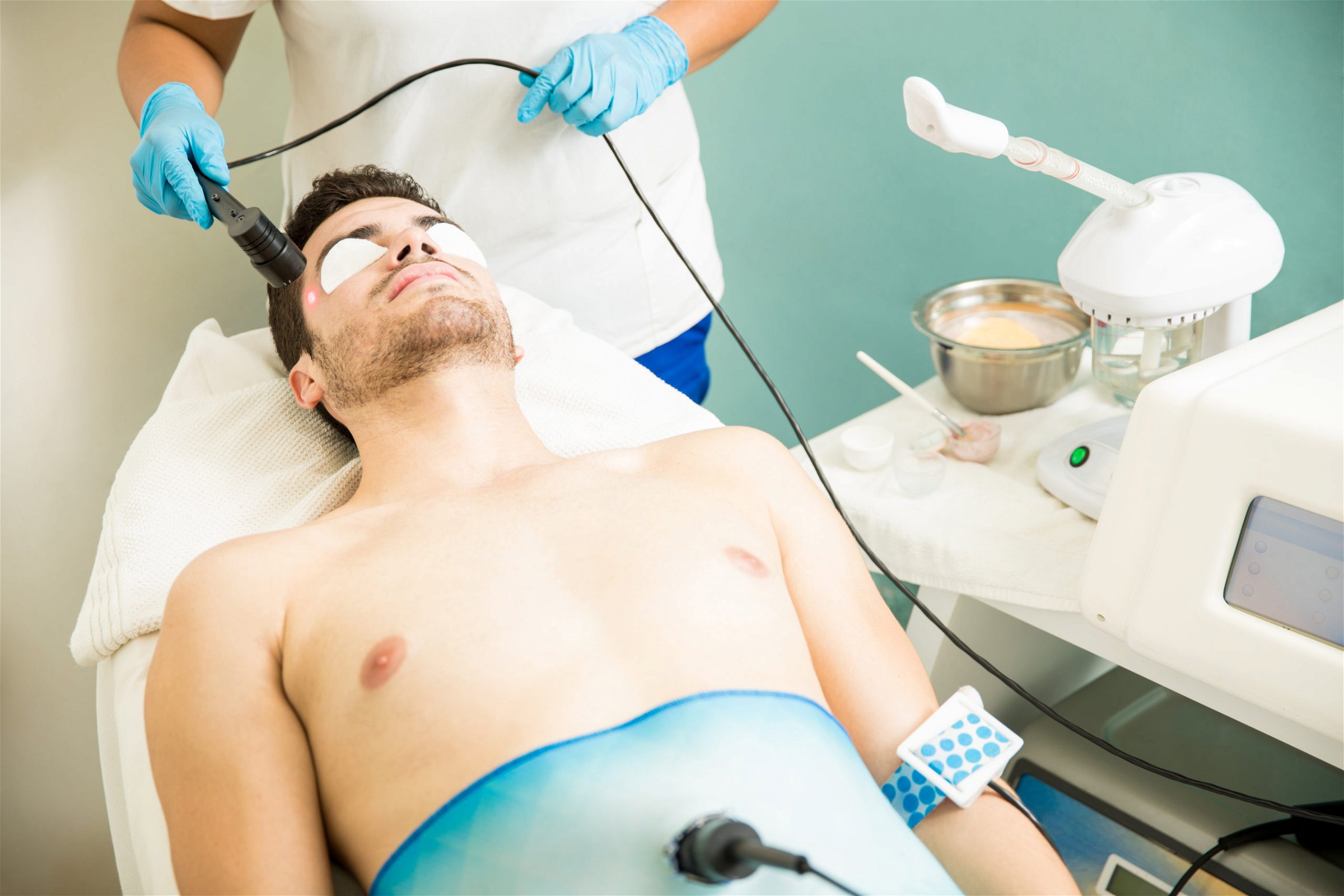- Conditions
- Treatments
- Patients
- Practice
- Dr. Tian Xia
- Heather Cottini
- Andry Khlopas
- Lyndsey Johnson
- Dr Michael G Banuelos
- Linda H. Morris
- Stacia Jones
- Hoai Luu
- Dr Ricardo Knight
- Finnbar Higgins
Chiropractors
Physical Therapist
- Blog
Radiofrequency Nerve Block
Radiofrequency nerve block…
also referred to as radiofrequency lesioning is the name given to a procedure where special needles are used in the creation of lesions along targeted nerves.
These needles have the capability of heating the nerve up to 80oC which is about the temperature of hot, almost boiling water.
The aim of these needles and the temperature is to stop the nerves from sending pain signals.
Though the nerves will be incapacitated, the body will try to correct this situation but it will take a period between a few months and a year.

Radiofrequency Nerve Block lesioning is a procedure offered to people suffering from some types of neck or low back pain (in most cases, pain associated with the facet joints).
To be a candidate for this kind of treatment, the patient has to have responded well to diagnostic local anesthetic nerve blocks and the effective will entirely depend on the response to this temporal block.
This procedure is aimed at blocking the conduction of pain signals by the nerve to reduce perceived pain caused by any condition affecting the neck or lower back and alleviate other associated symptoms.
About 80% of patients will get a successful nerve block and this eliminates the pain emanating from that part. The nerve block might also reveal that there are other areas that have pain.
Depending on the areas that are included in this procedure will take anything from 30 minutes to an hour.
Because x-rays cannot reveal nerves, the injections are based on the position of the bony elements that show where the nerves are typically located.
Fluoroscopy is the x-ray type that is used in identifying these bony landmarks. After the needle is placed in the targeted area, low voltages are applied to test for correct placement. After the confirmation is made, small amounts of anesthetics will be injected in that area.
When the nerves are numbed enough, higher radiofrequency voltages are applied and this heats the nerves to the targeted temperature.
All the procedures start with an injection of a local anesthetic in small amounts which will feel like small pinches and a slight burning feeling and the anesthetic starts numbing the area.
After the numbing, the main injection will only feel as though there is some pressure on the area but patients will not be in pain. Most of the patients choose to be heavily sedated or just drowsy throughout the procedure.
They get to choose between a local anesthetic and IV sedation which will ensure comfort. Regardless of the choice of sedation, the patient is required to avoid food for 6 hours before the procedure.
If the procedure is successful, the results will be effective for a period between 8 and 18 months depending on how fast the body can recover the function of the nerves affected by the injection.
In general terms, this procedure has been indicated as safe but like most medical procedures there are possible side effects and complication. Patients should speak to their doctors about these aspects prior to the procedure.
